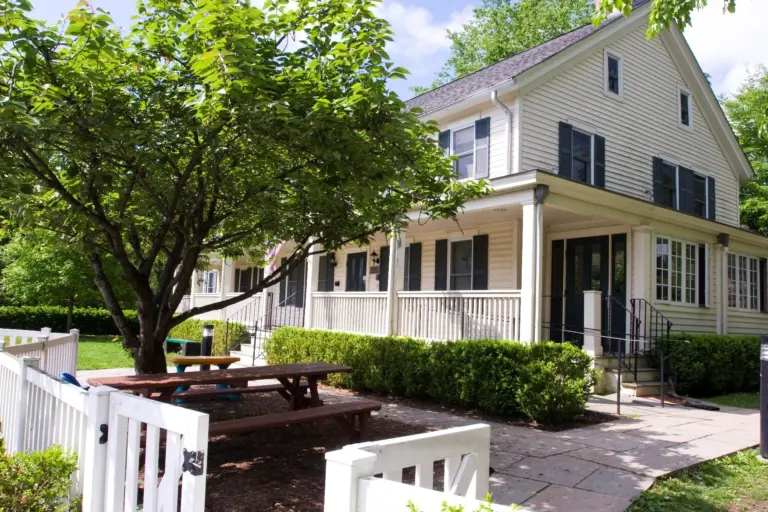By Foster Steinbeck
Artists Ana De Orbegoso, Epic Uno, Holly Danger, Yedi Fresh, Jahmane West and Greenwich Arts Council Executive Director Tatiana Mori discussed several questions and topics surrounding street art at a Bruce Museum event. Due to the COVID-19 pandemic, the event was hosted over a Zoom call on Thursday evening.
Event moderators asked the panelists about their opinions on the difference between graffiti compared to street art, the concept of “selling out” for money, how art intersects with activism and how the pandemic has impacted their work.
“I just think there’s nothing more important than what we’re seeing expressed within the streets of cities, especially at a time like this,” Bruce Museum Trustee John Ippolito said.
The panel discussed the role art has played in the recent protests calling for racial justice, sparked by the death of George Floyd. Yedi Fresh and West said that, while it is commonly used as a tool to raise awareness, they are interested in using street art to spark more meaningful societal change.
“It’s a good eye-opener, but there has to be a much bigger plan,” West said.
The gathered artists also discussed the relationship between graffiti and street art. West, who came from the first wave of graffiti artists in the early ‘80s, said street art evolved from graffiti, but the two remain distinct. Epic Uno agreed, saying that graffiti started as stylized letterforms, but now is a subcategory of street art.
“The only thing I’ll finish with is that it’s really all street art, because it’s all out there, and it’s using different tools, and it’s using different media. However, it’s not all graffiti,” Epic Uno said.
The artists also recounted how the COVID-19 pandemic affected their art. Wanting a positive and creative outlet, Holly Danger took the equipment from her gallery and has created several audiovisual livestream shows inside her living room. Danger said she would stream her 28th show on Saturday, July 11.
Yedi Fresh said the pandemic halted his creativity and productivity, and he has been using the time to explore what he wants to say with his art. Mori said it has been a strange feeling seeing her art galleries standing empty.
“There’s no art. there hasn’t been anything in four months. We don’t know yet when we can put art back,” Mori said. “Yedi was there not too long ago, and we were talking about how there was an eerie feeling to it because you’re so accustomed for the last 20 years of my life [to be] every day surrounded by art, and now it’s just stopped.”
The panel also talked about how contracting with a local government to create public art — a form of street art — can impede an artist’s creative vision. West said it’s important to create art that the government’s constituents will enjoy while making the client happy. Epic Uno agreed and weighed in similarly.
“It really depends on where you find yourself in your career … when you’re coming up in this, sometimes you’ve got to do things that you may not be comfortable doing. But if you’re willing to push the envelope and showcase your best foot forward as an artist and not lose yourself, that’s the biggest challenge of all as an artist, I think,” he said.




